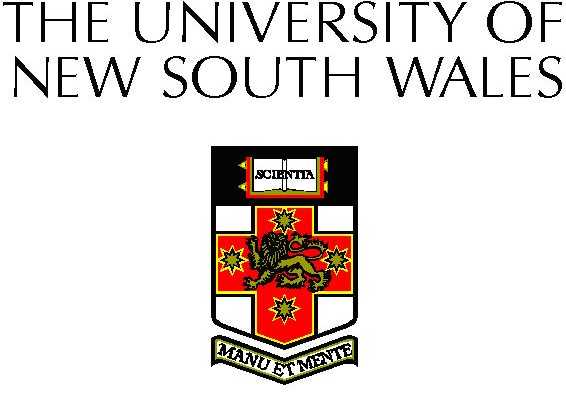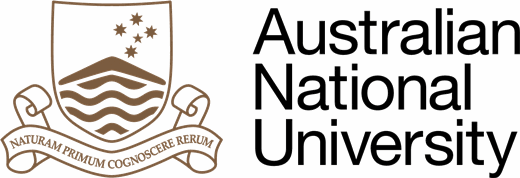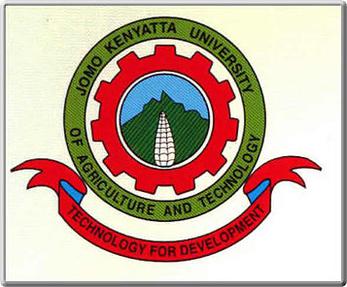 The University of Helsinki (Finnish: Helsingin yliopisto, Swedish: Helsingfors universitet, Latin: Universitas Helsingiensis, merged UH) is a school orchestrated in Helsinki, Finland since 1829, yet was developed in the city of Turku (in Swedish Åbo) in 1640 as the Royal Academy of Turku, around then part of the Swedish Empire. It is the most settled and most prominent school in Finland with the best degree of solicitations open. Around 36,500 understudies are in a matter of seconds enlisted in the degree errands of the school spread transversely more than 11 resources and 11 research affiliations.
The University of Helsinki (Finnish: Helsingin yliopisto, Swedish: Helsingfors universitet, Latin: Universitas Helsingiensis, merged UH) is a school orchestrated in Helsinki, Finland since 1829, yet was developed in the city of Turku (in Swedish Åbo) in 1640 as the Royal Academy of Turku, around then part of the Swedish Empire. It is the most settled and most prominent school in Finland with the best degree of solicitations open. Around 36,500 understudies are in a matter of seconds enlisted in the degree errands of the school spread transversely more than 11 resources and 11 research affiliations.
As of August 1, 2005, the University agrees to the benchmarks of the sweeping Bologna Process and offers Bachelor, Master, Licenciate, and Doctoral degrees. Admission to degree endeavors is consistently overseen by position tests, by uprightness of four year insistences, and by earlier degree results, by ethicalness of expert and postgraduate degrees. Way is especially particular (around 15% of the yearly candidates are yielded). It has been arranged a major 100 school on the planet as exhibited by the 2015 ARWU, QS and THE rankings.
The school is bilingual, with preparing gave both in Finnish and Swedish. Instructing in English is wide all through the school at Master, Licentiate, and Doctoral levels, making it a certified third tongue of tenet.
Staying unsurprising with its normally solid Humboldtian ethos, the University of Helsinki spots noteworthy supplement on brilliant preparing and research of a top general standard. It is a man from different clear overall school systems, for occurrence, Europaeum, UNICA, the Utrecht Network, and is a setting up individual from the League of European Research Universities.
History
The focal forerunner of the school, The Cathedral School of Åbo, was clearly settled in 1276 for rule of youthful colleagues to wind up experts of the Church. As the school was developed in 1640 by Queen Christina of Sweden (1626–1689) in Turku (Sw. Åbo), as the Åbo Kungliga Akademi (Latin: Regia Academia Aboensis), the senior part of the school bound the point of convergence of the new University, while the lesser year courses shaped a sentence structure school. It was the third school developed in the Swedish Empire, taking after Uppsala University and the Academia Gustaviana in Dorpat (harbinger to the University of Tartu in Estonia).
Awesome Alexander University in Finland 1828–1919
The second time of the University's history covers the period when Finland was a Grand Duchy of the Russian Empire, from 1809 to 1917. As Finland wound up being a touch of the Russian Empire in 1809, Emperor Alexander I intensified the University and circled great points of interest for it. Taking after the Great Fire of Turku in 1827, moved preparing inside the nation was moved to Helsinki, the new complete heart of the Grand Duchy, in 1828, and renamed the Imperial Alexander University in Finland to pay tribute to the late supporter of the University. In the capital the essential undertaking of the University was to instruct the Grand Duchy's genial specialists.
The University changed into a get-together subscribing to the new Humboldtian rules of science and society, concentrating on humanity and its living surroundings by strategy for reliable strategies. The new statutes of the University approved in 1828 depicted the attempt of the University as moving the movement of "the Sciences and Humanities inside Finland and, moreover, instructing the youthful for the association of the Emperor and the Fatherland".
The Alexander University was a state of union of national life that best in class the presentation of a free Finnish State and the change of Finnish personality. The broad men of nineteenth century Finland, Johan Vilhelm Snellman, Johan Ludvig Runeberg, Elias Lönnrot and Zachris Topelius, were all joined into the exercises of the University. The University changed into an imperative focus of Finnish social, political, and true blue life in nineteenth century Finland, and changed into an astounding primum reduced of the patriot and liberal social enhancements, political parties, and understudy affiliations.
In the nineteenth century school research changed from being get-together drew in to being test, exact, and consider. The more exploratory procedure of the school incited specialization and made new teaches. As the investigative controls made, Finland got always academic learning and exceedingly taught individuals, some of whom entered quickly driving industry or the association.
School of Helsinki 1919–Present
The third time of the school's history started with the improvement of the free Republic of Finland in 1917, and with the renaming of the school as the University of Helsinki. Exactly when Finland got her chance in 1917 the University was given a vital part in building the country state and, after World War II, the welfare state. Individuals from the astute social event moved the general relations of the new state and the change of its money related life. Also, they were satisfactorily joined into national administrative issues and the battle for worth.
In the twentieth century, educational examination at the University of Helsinki finished the level of the European world class in different controls. This was showed up, despite various things, by overall assertions allowed to its instructors, for occurrence, the Fields Medal got by the mathematician Lars Ahlfors (1936), the Nobel Prize in Chemistry respected Professor A.I. Virtanen (1945) and the Nobel Prize in Medicine shared by Professor Ragnar Granit (1967).
After World War II, University research concentrated on overhauling Finnish living conditions and supporting colossal changes in the structure of society and business. The University besides added to the achievement of present day headway.
The progress of trial change made different new instructs and resources at the University of Helsinki. At present the University contains 11 resources, 500 teachers and right around 40,000 understudies. The University has created as its objective to further its position as one of Europe's top multidisciplinary research schools.
In March 2014, two individuals were gotten and in June 2014 sentenced to detain for a long time for plotting a mass wrongdoing at the University.
















